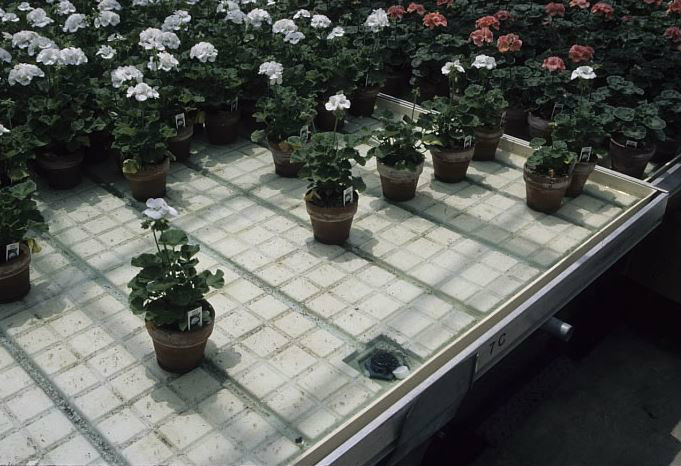What is Commercial Greenhouse Misting?
Greenhouse Mist systems apply water intermittently via mist. This system is used industry-wide in horticulture and agriculture propagation environments. It improves the success of rooting hardwood, softwood, along with herbaceous stem cuttings and leaf cuttings.
What does a Greenhouse Misting System Do?
A well-designed greenhouse mist system produces a fine mist that provides a thin film of water over the cuttings and media. That application results in:
A thin “film” of water being formed on the foliage of the cuttings by the fine mist. This film controls moisture loss from cuttings by reducing leaf temperature from evaporative cooling and increasing humidity.
The mist enables leafy cuttings to be exposed to higher amounts of light. Rooting is accelerated, and many hard-to-root plant materials are established easier.
With mist propagation, there is more flexibility in preparing cuttings. Generally, most types of cuttings will root more readily under mist.
Larger cuttings can be rooted with greenhouse mist systems which otherwise would not be possible without mist.
Mist Systems Eliminate The Problems of Over-Watering
A properly designed mist system maintains a fine film of water on the leaves. This topical misting method uses the optimum amount of water, not too much or too little. It also eliminates the problem of excess water that leaches nutrients from the cutting and the rooting medium.
Excess water can saturate the growing medium. That can significantly reduce the amount of air in the medium.
Excess moisture at the bottom of the cutting restricts a good supply of air necessary for rooting. The amount of water can be reduced by using a fine mist nozzle along with the use of an intermittent mist.
The use of intermittent mist, which is appropriately sized and controlled, is the best solution to prevent over-watering.
Common Greenhouse Mist System Applications
Greenhouse Mist systems are capable of a broad spectrum of applications. The most common use is propagation, in conjunction with micro-climate benchtop heating. However, most systems can be modified to apply to a variety of applications such as:
Greenhouse crop chemical applications
Application of insecticides, fungicides, and herbicides
Greenhouse floor sanitation
Dust control
Odor reduction in food processing
Odor reduction for composting
Cooling
Humidification
Why Use a Professional for Greenhouse Misting?
Greenhouse Misting: Importance in using a professional for your installation:
For the best results, it is vital to have an industry professional involved with the design and installation of your greenhouse mist system. Voeks Inc. has designed and installed over 100 complete misting systems for propagation environments. We are here to help you avoid common pitfalls like:
Over-spray is going onto walkways and walls. That overspray increases pathogen transmission and promotes algae growth.
The over-saturation of the root zone which is a dangerous plant destroyer.
Selecting the wrong controllers that aren't compatible with your specific propagation methods.
Selecting incorrect nozzles. These can cause the mist to keep dripping even after the station is turned off. This is important because a large drop can kill a small cutting.
Greenhouse mist systems can over-water trays if the heads are patterned in a typical “overlap” method used in sprinkler irrigation.
Incorrectly setting the pressure on the regulator selection resulting in flow rates that do not meet the misting emitters flow rate specifications.
Get Your Free 15 Minute Consultation Today
Call 408-332-9635 or contact us online. The team at Voeks, Inc. is here to help you grow.






